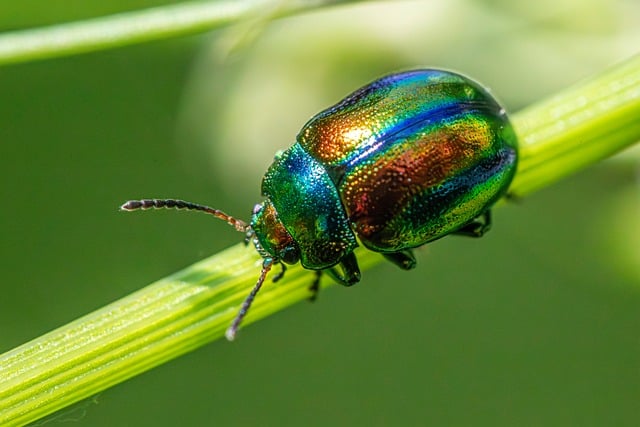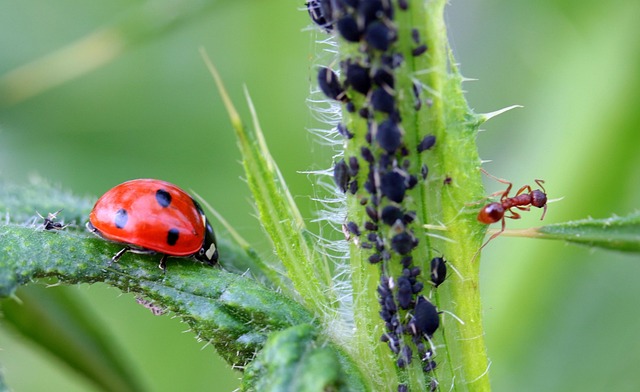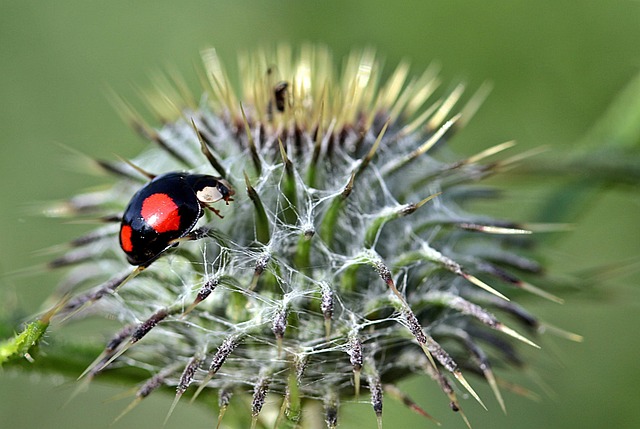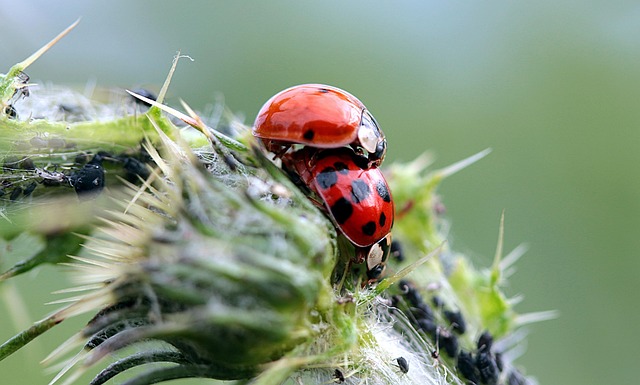In Highlands Ranch, managing flea and tick threats in cattle pastures requires a balanced approach combining cost-effective strategies with environmental concern. This includes regular monitoring, natural repellents like essential oils, strategic grazing, habitat management, and IPM techniques to reduce chemical use and promote ecological balance while ensuring livestock health. Adopting these methods offers sustainable, long-term protection for cattle and the local environment.
In Highlands Ranch, understanding flea and tick threats is paramount for effective cost-effective pest control for cattle pastures. These external parasites can cause significant discomfort and health issues for livestock, impacting productivity and overall well-being. This article explores strategies to mitigate these risks, focusing on eco-friendly solutions for pastures and long-term protection plans. Discover how you can safeguard your cattle while maintaining a sustainable approach to cost-effective pest control in Highlands Ranch.
- Understanding Flea and Tick Threats in Highlands Ranch
- Eco-Friendly, Cost-Effective Solutions for Pastures
- Implementing Long-Term Strategies for Protection
Understanding Flea and Tick Threats in Highlands Ranch

In Highlands Ranch, understanding flea and tick threats is paramount for effective livestock management. These external parasites can cause significant discomfort and health issues for cattle, leading to reduced productivity and increased veterinary costs. Fleas and ticks thrive in the region’s lush, grassy landscapes, particularly in cattle pastures, making cost-effective pest control a top priority for local farmers.
Implementing robust pest control strategies is essential to protect both animals and ecosystems. Organic, eco-friendly solutions are gaining popularity as they offer an effective yet sustainable approach. By focusing on regular monitoring, targeted treatments, and habitat management, ranchers can effectively manage flea and tick populations without compromising the health of their cattle or the local environment. This balanced approach ensures the long-term well-being of both the livestock and the surrounding ecosystem in Highlands Ranch.
Eco-Friendly, Cost-Effective Solutions for Pastures

In the picturesque landscape of Highlands Ranch, protecting your cattle pastures from fleas and ticks is paramount to maintaining the health and well-being of your livestock. Fortunately, there are cost-effective, eco-friendly solutions that can make a significant difference without breaking the bank. Organic, non-toxic methods such as essential oils (e.g., citronella and lavender) have proven effective in repelling these pesky insects. These natural remedies not only minimize environmental impact but also offer a safe alternative for your cattle, avoiding harsh chemicals that could potentially cause adverse reactions.
For a cost-effective pest control strategy, consider implementing rotational grazing and maintaining a diverse plant life within the pasture. Certain plants naturally repel fleas and ticks due to their strong scents and chemical compositions. Incorporating these plants into your pasture management plan can create an inhospitable environment for parasites, further reducing the need for synthetic treatments. This holistic approach not only promotes ecological balance but also ensures a healthier, happier herd in Highlands Ranch.
Implementing Long-Term Strategies for Protection

Implementing long-term strategies is essential for an effective flea and tick defense, especially in areas like Highlands Ranch where cost-effective pest control for cattle pastures is a priority. Instead of relying on constant applications of chemical treatments, consider integrated pest management (IPM) practices. IPM involves a holistic approach, combining various methods such as habitat manipulation, biological controls, and strategic use of pesticides when necessary.
By focusing on long-term solutions, you can significantly reduce both the environmental impact and cost associated with pest control. This includes maintaining proper pasture management, removing brush and tall grass where pests hide, and introducing natural predators like spiders and birds to help keep flea and tick populations in check. These strategies not only provide a more sustainable approach but also foster a healthier ecosystem within your cattle pastures.
In Highlands Ranch, understanding flea and tick threats is the first step towards effective management. By adopting eco-friendly, cost-effective solutions for cattle pastures, such as natural repellents and targeted treatments, landowners can significantly reduce these pests’ impact on livestock health and productivity. Implementing long-term strategies that include regular monitoring, quick response to infestations, and sustainable practices ensures a healthier environment for both animals and ecosystems, making cost-effective pest control for cattle pastures a viable and beneficial choice for the community.
